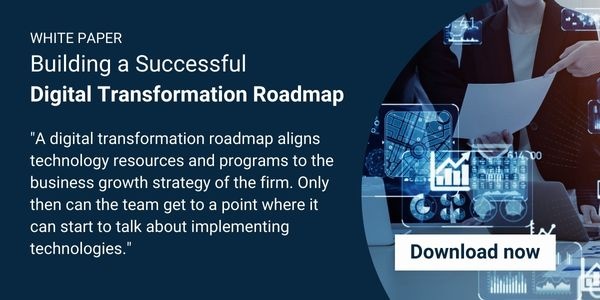Organizations from large enterprises to one-man shops are in the midst of a digital transformation. Some gladly embrace the change. Others resist while still more are so busy keeping up with demand and duty that they risk missing it all together.
Nevertheless, it is happening and business leaders need to know what is happening and what to do about it. Scott Brinker of the ChiefMarTec blog and Ion Interactive has talks about what digital transformation means to the marketing executive in his ebook: A NEW BRAND OF MARKETING: The 7 Meta-Trends of Modern Marketing as a Technology-Powered Discipline. What follows is a brief summary of Brinker's points.
Key Concept 1: It’s the Attention Economy, Stupid.
We live in an attention economy. Amidst an abundance of options and opportunities our attention is the scarce commodity. People, brands, games and causes compete for a share of our attention. Getting it is not enough. They must hold it in order to get us to transact. We pay with our attention to receive insight, opportunity and information. This is a necessary but not sufficient precursor to a monetary or time or labor transaction. It’s an attention tax paid by enterprises for the opportunity to present you with a call to action. Therefore, enterprises must pay that attention tax in a way that gives customers, users and prospects a great experience and something of real value.
Key Concept 2: Your Brand isn’t Your Brand. Customer Experience is Your Brand
Abundance of options plus anonymity plus ease of information mobility means bad experiences drive people away while great experiences are sticky.
While products and services can be commoditized, experiences are inherently individual. They are your automatic differentiator. They’re going to be great or poor, easy or difficult, valuable or worthless.
It all comes down to the fact that your brand, your organization, has been forcibly democratized and it has nothing to do with your manager. The reality is that your users and customers are now, more than ever, your boss. They’re an extension of your organization. They’re your:
- Evangelists through word of mouth recommendations
- Sales people through referral networks
- Marketing arm through ratings and reviews
- Customer support through forums and user groups
So next time you’re reading a blog post or LinkedIn article or tweet about the importance of your company culture, remember that your users and customers are a huge part of that culture. Make sure they’re a positive influence.
Key Concept 3: All Marketing is Interactive
If you don’t believe it; if you love your brochures, billboards and business cards, you’re simply wrong. Today, businesses are either more or less interactive than their competition. Interaction is how customers and users experience brands (see concept 1).
It’s not that brochures, billboards and business cards are bad because they’re static. It’s that they’ve lost their edge because they’re bad interaction mechanisms.
What is the measure of a billboard’s interaction? The number of cars that drive past it? How does it create engagement or establish a give and receive relationship. How does it cultivate a great culture? It doesn’t. Some things are important for announcements and awareness. But awareness is not relationship and awareness without interaction is quickly forgotten.
Key Concept 4: Increasing Technological Sophistication
The abundance of good experiences available to users drives increasing sophistication in technology. In a milieu of abundant experience options, enterprise increasingly rely on ever-improving technology to differentiate, stand out and gain a competitive edge.
This means that marketing has moved out of the arts and crafts closet and into the growth hacking corner of the data center. Finding and keeping the edge in the attention economy requires faster, deeper understanding of the audience and their motivations. Engaging the audience and staying top of mind means creating and delivering content of real utility and value to them (not you) before you ever ask for a purchase or registration.
In order to do that, businesses must understand who their audiences are (demographics data), what they desire (trend analysis), what they ought to desire (predictive analytics), how they prefer to be approached (channel metrics) and what their influences are (social proof).
Conclusion
The digital transformation is overtaking all global organizations. Some are quick and agile in adaptation. Others will resist for a time while some will undoubtedly be broken just as Blockbuster was by Netflix.

